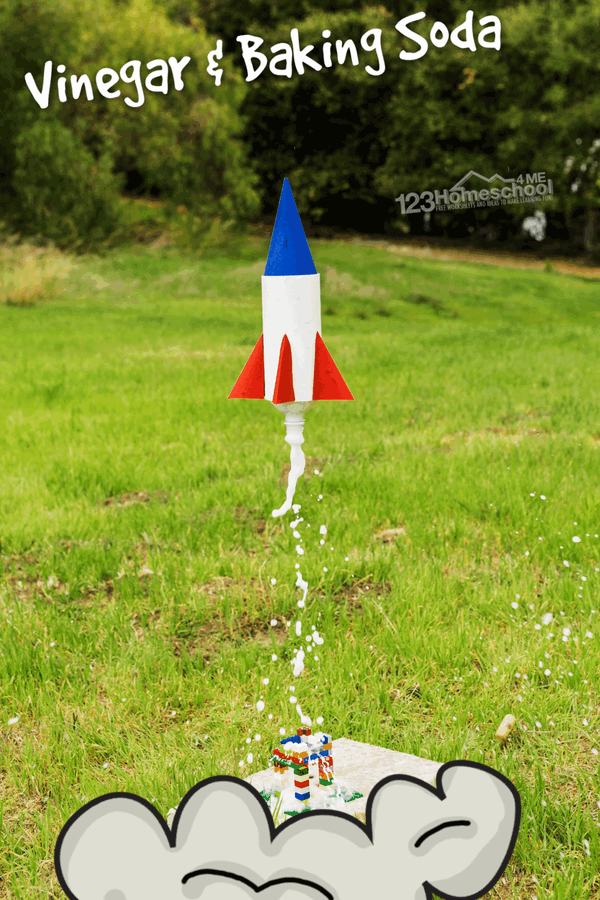Plus learnHow do Submarines Worktoo.
Use thishow do boats floatas a stand-alone lesson or supplement to a larger physical science lesson.
It sinks it has a high density.

Now take another lump of clay that is the same weight and make a boat from it.
What happens when you put it on the water?
It floats because the boats shape makes it have less density.

NOTE: I suggest letting the clay boat dry first.
Each compartment is a bulkhead on a ship which means a compartment of air.
Now when the Titanic hit an iceburg water started entering the front 2 bulkheads.
This is such a simple and funtitanic science project.
Have kids place the ice cube tray in water and fill the front 2 compartments.
How do Submarines Work
Now to submerge your submarine blow hard into the plastic tube.

Your submarine will rise to the surface as the air is pushing the water out of the bottle.
Now your submarine is less dense than the water so it will float on the surface.
Learn more about theTitanic for kidswith this fun pritnable to read, color, and learn!
Science Exeriments for Kids
Looking for lots more fun, science experiments for kids?
Youve GOT to try some of theseoutrageously funscience experiments for kids!



















